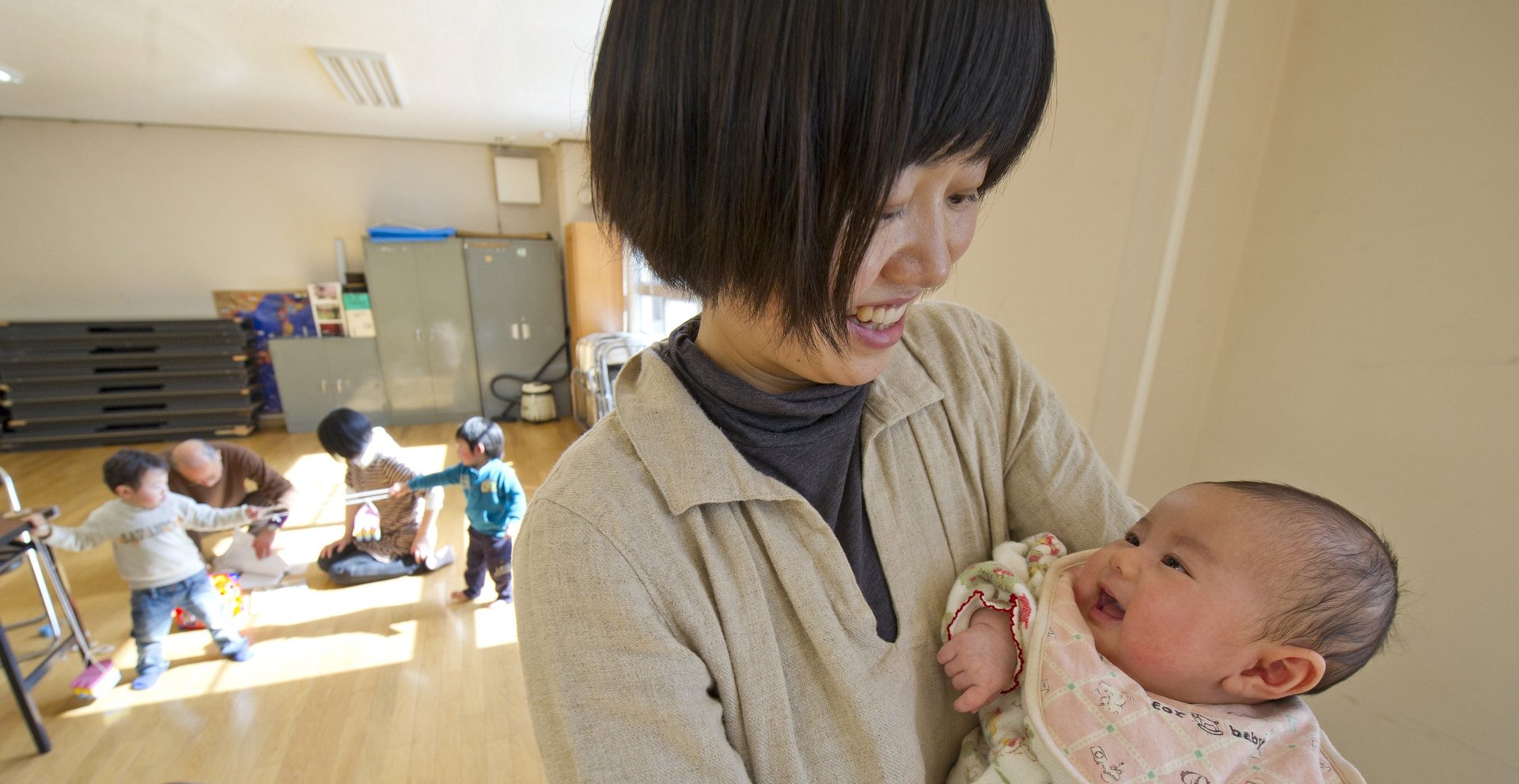A string of tragedies is giving epidurals an even worse rep than before in Japan
Pain-free childbirth already had a bad name in Japan, and it could get worse.


Pain-free childbirth already had a bad name in Japan, and it could get worse.
The Japanese government is looking into a recent series of deaths and injuries during childbirth linked to the use of epidurals, an injection of a local anesthetic into the spine. In one case, the family of a 40-year-old woman in Kyoto prefecture filed a lawsuit in December against a clinic, alleging that the use of an epidural during her delivery in 2012 left both the mother and daughter in a coma. In Osaka prefecture, police are investigating the death of a woman at a clinic in January after she was given an epidural as a case of professional negligence resulting in death.
The incidents have sparked a public discussion over the safety of epidurals. Researchers from the Ministry of Health, Labour and Welfare convened last week in Tokyo to discuss the use of the injections; data gathered by the (link in Japanese) Japan Association of Obstetricians and Gynecologists presented at the meeting showed that 14 women who had pain-free births died during childbirth since 2010, out of 271 women who died during childbirth.
Song Mihyon, an ob-gyn in Japan, wrote that (link in Japanese) many people will simply “read the headlines” of these incidents, further feeding the misunderstanding that pain-free births are simply too dangerous.
That might discourage even more women from opting for epidurals in Japan, which has among the lowest rates of epidural use among developed countries. According to the latest figures from the Ministry of Health, Labour and Welfare, 6.1% of women (link in Japanese) used an epidural in 2016, rising from 2.6% in 2007 (link in Japanese). In comparison, over half of women giving birth in the US use an epidural, according to the American Pregnancy Association, and as many as 80% in France (link in French). It is much less common in the UK, however.
The unpopularity of epidurals in Japan is rooted in two main ideas, according to Brigitte Steger (no relation to the author), who lectures on Japanese society at the University of Cambridge: “It is the natural role (and the natural wish) of women to have and raise children, (and) there is a very… high standard of care demanded from mothers,” she wrote in an email. As a result, “The mother must not be (seen to) cut corners or avoid pain.”
It’s a mentality not too different from Italy, where epidurals are also discouraged as in the Catholic tradition. “Motherhood is deeply associated with self-sacrifice and conservative views about female sexuality are still widespread,” according to one Italian journalist.
There is a much more practical reason why epidurals are not widespread. Japan has a shortage of anesthesiologists, amid a broader shortage (paywall) of doctors, particularly in rural areas. The department of anesthesiology at Wakayama Medical University (link in Japanese) also noted that maternity wards in hospitals in the West are typically well-coordinated between obstetricians, midwives, and anesthesiologists, while most deliveries in Japan are actually carried out at smaller clinics where a doctor works without an anesthesiologist and may sometimes, despite a lack of sufficient training, apply an epidural by him or herself.
As more and more Japanese women are clearly choosing to have pain-free deliveries, the focus of the conversation is starting to shift away from the virtues of pain to the necessity of a safe environment for childbirth, however a woman may choose to deliver her baby.
A pediatrician (link in Japanese) who writes under the pen name Morito Yasumi said: “I had a painless delivery for my second child, but I didn’t feel as if I ‘lost something’… I hope that painless delivery will become just a normal medical procedure that is correctly understood and realistically portrayed by the media.”